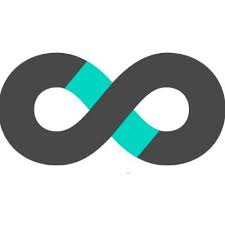Compare - Power BI VS Google Cloud Dataflow
Here’s the difference between Power BI and Google Cloud Dataflow. The comparison is based on pricing, deployment, business model, and other important factors.
About Power BI
Microsoft Power BI is a business intelligence platform that provides non-technical business users with tools for aggregating, analyzing, visualizing, and sharing data. Power BI's user interface is fairly intuitive for users familiar with Excel and its deep integration with other Microsoft products makes it a very versatile self-service tool that requires little upfront training. Microsoft Power BI is used to find insights within an organization's data. Power BI can help connect disparate data sets, transform and clean the data into a data model and create charts or graphs to provide visuals of the data.
About Google Cloud Dataflow
Google Cloud Dataflow is a cloud-based data processing service for both batch and real-time data streaming applications. It enables developers to set up processing pipelines for integrating, preparing and analyzing large data sets, such as those found in Web analytics or big data analytics applications. The Cloud Dataflow software expands on earlier Google parallel processing projects, including MapReduce, which originated at the company. Cloud Dataflow is designed to bring to entire analytics pipelines the style of fast parallel execution that MapReduce brought to a single type of computational sort for batch processing jobs.
Comparison Table
| Overview | ||
|---|---|---|
| Categories | Business Intelligence (BI) | Data Streaming |
| Stage | Late Stage | Late Stage |
| Target Segment | Enterprise, Mid size | Enterprise, Mid size |
| Deployment | SaaSOn Prem | SaaS |
| Business Model | Commercial | Commercial |
| Pricing | Freemium, Contact Sales | Freemium |
| Location | Redmond, US | US |
| Companies using it | ||
| Contact info |
Add to compare


